He fled Guatemala looking for a better life. But he and 18 others were killed en route to the US.
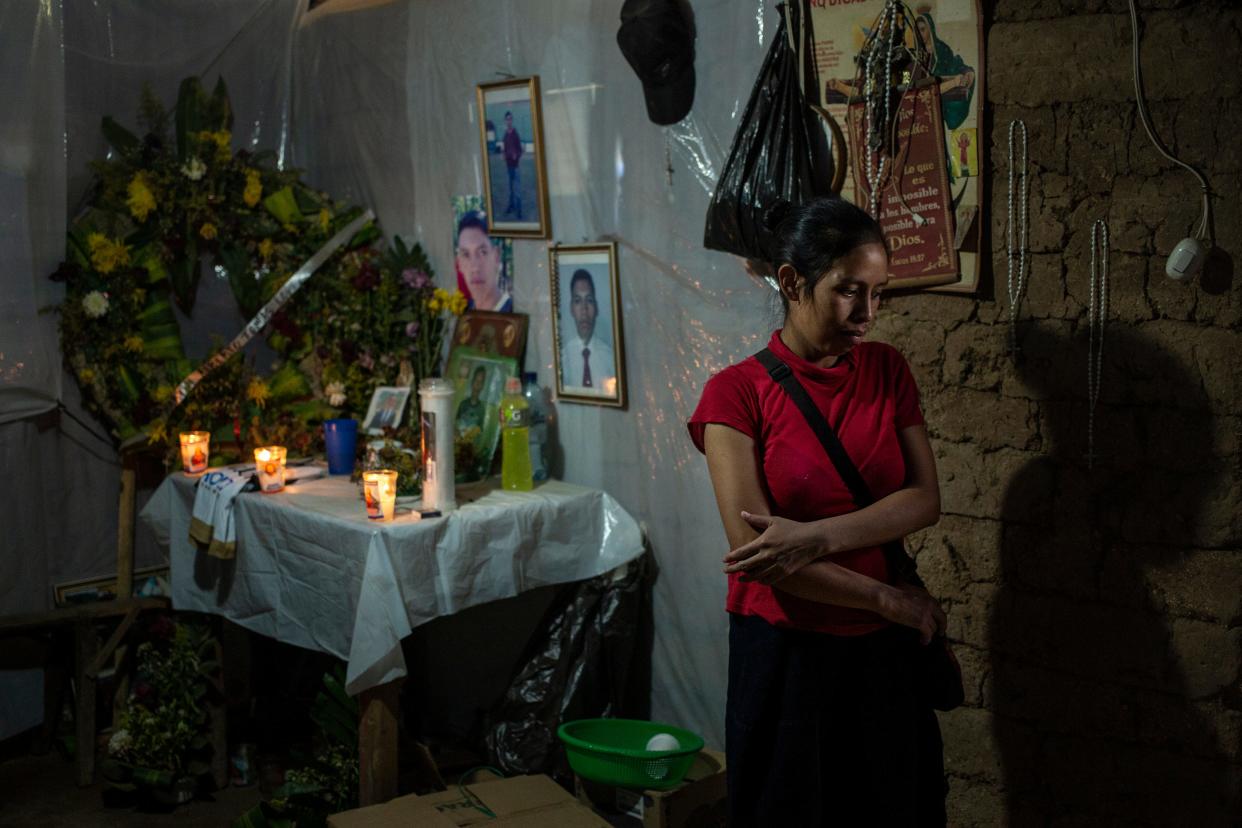
COMITANCILLO, Guatemala – In early January, Marvin Alberto Tomás woke up here in his hometown, eager to start the long journey to America he hoped would provide a better life for his mother and four little sisters.
Instead, the nearly 2,000-mile trip through two countries would end with his death.
Tomás, 22, nicknamed "El Zurdo" or "Lefty," was one of 19 migrants whose charred bodies were found Jan. 22 inside two vans in the town of Santa Anita in Camargo, the Mexican state of Tamaulipas – barely 50 miles from the U.S. border.
A dozen Mexican police officers are now being held in custody on homicide charges in the deaths.
The massacre and subsequent arrests have further exposed the danger facing Central American migrants fleeing their countries because of unemployment, poverty and gang violence in the hope of a better life in America.
But for too many families, those hopes are ending in despair and death.
"He just wanted a better life for his four little siblings," Ingrid Tomás, Marvin's eldest sister, said from her home in Comitancillo.
"We lost contact with him after he said they were doing fine, getting close to the U.S., then he didn't call my mom again," she said, her voice breaking, "the next thing we heard on social media was the killing of 19 Guatemalans."
US border policy: Biden administration may let families separated at Mexican border reunite in US
More: DEA supervisor turned 'pariah' sold semi-automatic rifles to Sinaloa Cartel associates
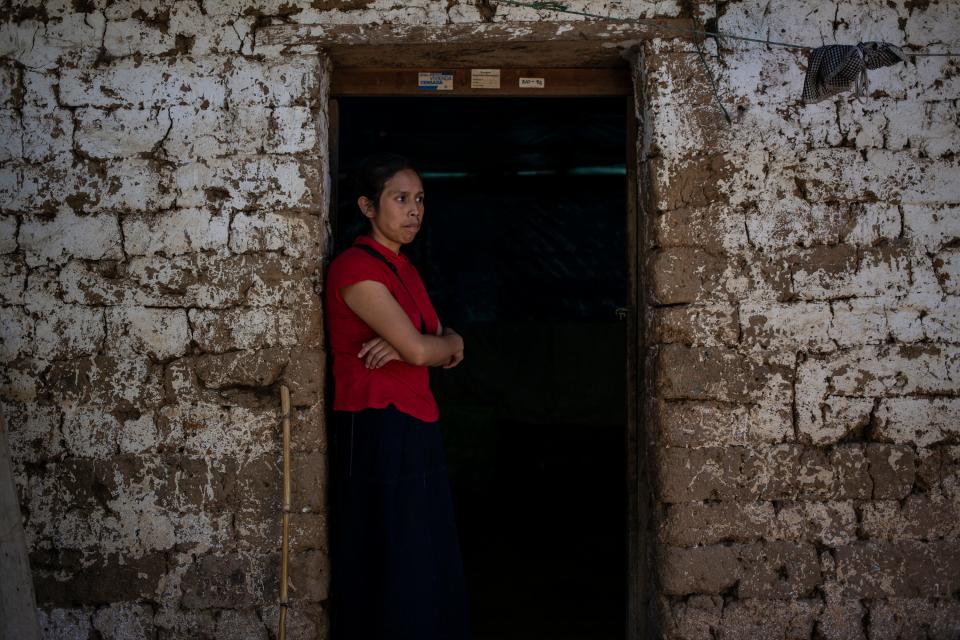
Mexican state a dangerous battleground for cartels
It took Mexican authorities more than three weeks using DNA samples sent by Guatemalan families to identify 18 of the 19 burned bodies – 16 Guatemalans and two Mexican men who smuggled migrants.
One remaining body was so badly burned that the forensic specialists haven't been able to identify it.
The location where authorities suspect the deaths occurred is one of the most dangerous states in Mexico.
Pressed against Texas' southern border along the Gulf of Mexico, Tamaulipas is the shortest route for migrants to the United States. But it also serves as a battleground between Mexican cartels.
It's not the first time Tamaulipas has been in the headlines because of massacres. In August 2010, the Zetas cartel killed 72 undocumented migrants in the municipality of San Fernando.
More than a decade later, no one has been convicted in those slayings.
But it isn't cartels authorities believe committed this most recent massacre – instead, they blame law enforcement officers.
Tamaulipas Attorney General Irving Barrios Mojica announced 12 police officers are in custody on charges of homicide, abuse of authority and false statements. The motive remains unclear.
Asked about the similarities of the two massacres, Mexico's interior minister, Olga Sánchez, said during a presidential briefing, "It's not a San Fernando, because we are progressing in the investigation.
"There will be no impunity."
El Mencho investigation: A year of mysterious deaths, a viral video and surprising arrests
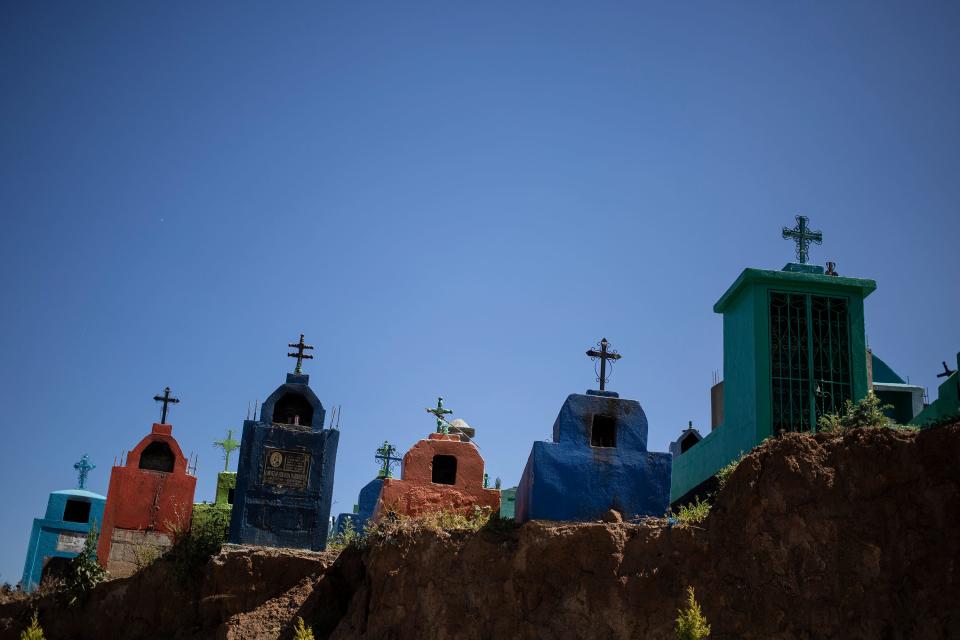
Mexican police, cartels team up to extort migrants
Much of northern Mexico and its borders are controlled by organized crime groups that force migrants to pay them before allowing them to cross their territory.
Sometimes, migrants are kidnapped to extort money from their relatives in the U.S. Those who don't pay up may be killed.
"It's a dangerous trip," said Todd Bensman, senior national security fellow for the Center of Immigration Studies. "It's very well known that local police forces and even state police are working very closely all the time with cartels and human smuggling for sure."
As for what happened to the migrants found in Santa Anita, Bensman can only speculate.
"It could have been that somebody didn't pay them, or they were ordered to do it for some other reason on behalf of the cartels," he said. "'If you don't take care of this for us, then we will kill your families or something like that.;"
According to an investigation last year by the Stratfor Global Intelligence, the U.S.-Mexico border is influenced by the most powerful drug cartels, including Sinaloa, Jalisco New Generation and the Gulf Cartel.
"Most of the officers detained for this massacre were part of an elite group called GOPES (Special Operations Group), and it's not the first time we've heard from them," security analyst Lilian Chapa Koloffon said. "The local government created this group to do high-profile operations, to detain people or fight cartels in Tamaulipas.
"Indeed, they are involved in illegal situations in which sometimes migrants are in the middle."
Experts said migrants are at the mercy not only of organized crime, but of Mexican police officers and immigration authorities.
Tamaulipas officials said some immigration officers are being investigated for this massacre.
It all combines to make migrants' journeys all the more perilous.
"It has been documented by organizations that these people might end up being victims of extortion by the Mexican immigration authorities and also police officers," Koloffon said.
"It’s a long trail of extortions, and it’s a very dangerous journey for all of them.”
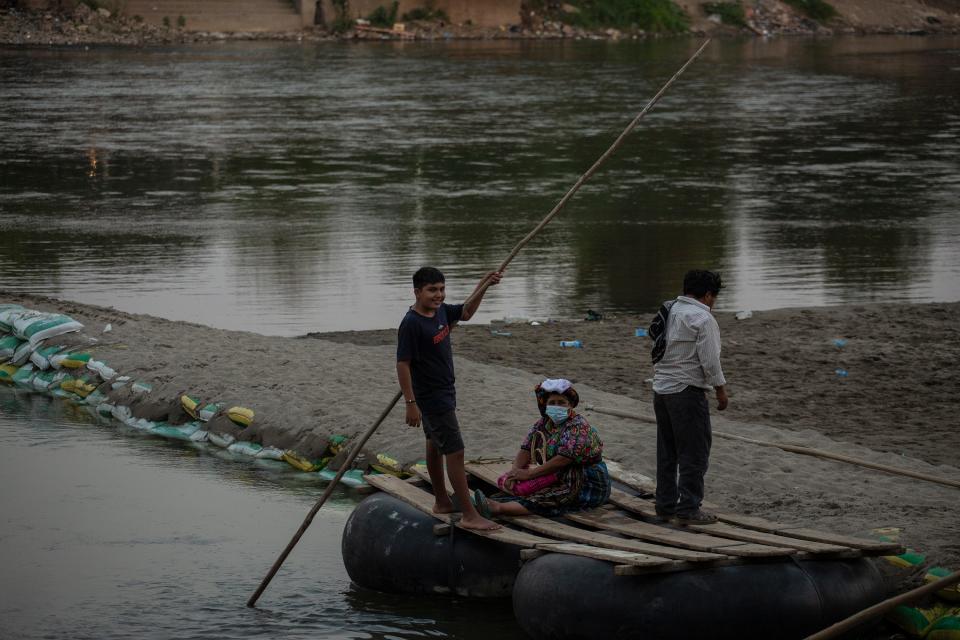
How coyotes earn money smuggling migrants
The men getting paid to smuggle migrants across Mexico into the U.S. are called "coyotes," or "polleros" (they call the Central American migrants they smuggle "pollos," or chickens).
Migrants pay the coyotes large amounts of cash to avoid the authorities and government checkpoints, or "retenes," spread throughout the south of Mexico.
Thousands of migrants have been caught trying to travel north, detained by the Mexican National Guard during the past year in the Mexican state of Chiapas on Guatemala's northwest border.
One such coyote talked about his job to The Louisville Courier Journal, part of the USA TODAY Network. The 50-year-old man arrived at a hotel room in Tapachula, in the state of Chiapas, wearing a gray T-shirt, jeans and black tennis shoes.
"I’ve been working with migrants for the past 25 years. Please, don’t use my name," he told The Courier Journal.
In the south of Mexico, it’s a typical business to work on “logistics” to move migrants from the south to the north of the country, he said.
“My duty, it’s to take them from south to north, and it’s around $3,000, the further they come, the more expensive," he said. "My warranty is that if they get caught, I have to pick them up again and don’t let them return their countries, but try again.
“We have many ways to get to the U.S., but if there’s a chance to pay to an immigration officer, we’ll do it. We usually pay $200 per 'pollo' to the officers. The rate they pay is to go to the north of Mexico. Once inside, you have to pay more if you want to go to Las Vegas, Miami or Los Angeles. That’s another payment."

Asked about the 19 people killed in Tamaulipas, he said it happens a lot, but not all cases receive the same attention.
"I believe those 19 people didn’t have the permission or paid to use the territory," he said. "You have to ask and negotiate before crossing, or you can get in trouble.”
Grief doesn't stop poverty
Ingrid Tomás, Marvin’s sister, said finding a coyote isn't difficult.
"I don’t know exactly how they work, but it’s easy to find them," she said.
The family had to use some property to find the money to help Marvin leave for America, she said. Their surroundings help explain why he chose to go.
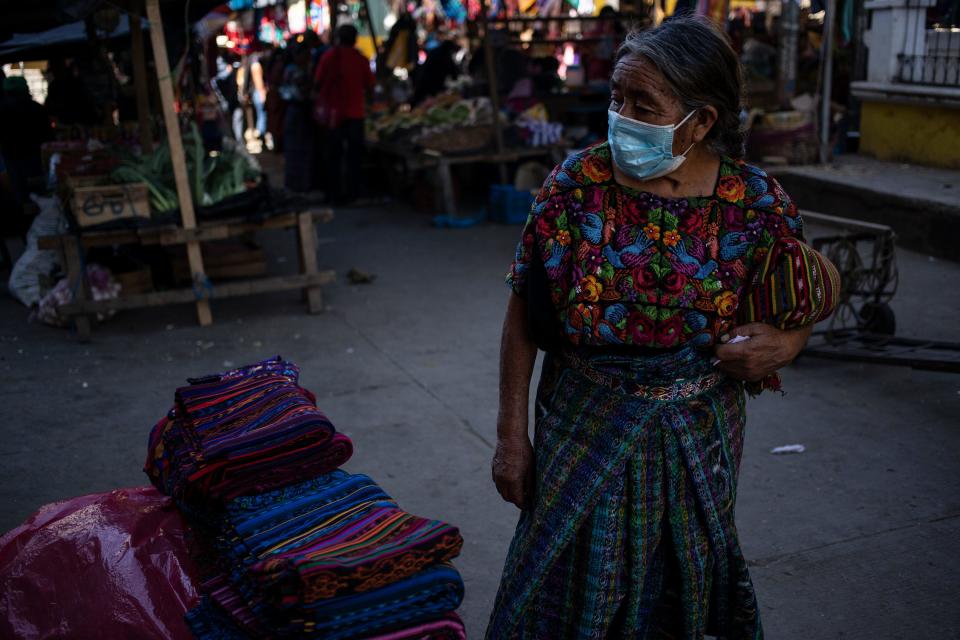
Comitancillo is a small town in the San Marcos area of Guatemala, with hilly roads and mountainous landscapes decorating a land rich in Mayan culture. While much of the population speaks Spanish, Mayan languages are prevalent.
But poverty is widespread, with most of the houses built of mud and stone walls with thatched roofs. In fact, some locals said the few big houses in town were constructed by Guatemalans living in the U.S. as a gift to their families.
Miguel Vasquez, a young man selling rice tamales in downtown Comitancillo, said he knew Marvin. "We studied together for one year. He was the only man in the family, he did everything for his siblings, was a great football player; unfortunately, he got the idea to leave. He had no luck."

In Comitancillo, grief is everywhere.
Families are mourning and asking the Mexican and Guatemalan governments for help. They still don't know when they will receive their relative's remains.
Asked if news of the slayings would deter young people in Guatemala from trying to reach the U.S., Vasquez seemed to doubt it would.
"I've been thinking of leaving; at first it scares you to hear this terrible news, but as a young man, here we all say that if you don't try, you will never know," he said.
"My biggest dream it's to go there to build a house and support my family, live the American dream, because honestly, here you can't have much."
Karol Suarez is a Venezuela-born journalist based out of Mexico City who covers Latin America. She reported from Guatemala for The Louisville Courier Journal on this story.
Amid chaotic COVID vaccine rollout: States find ways to connect shots with arms
Longer hurricane season? Hurricane season start date could shift earlier because of a surge in May storms
This article originally appeared on Louisville Courier Journal: Migrants hoping for new start in US fall prey to violence in Mexico

 Yahoo Movies
Yahoo Movies 
